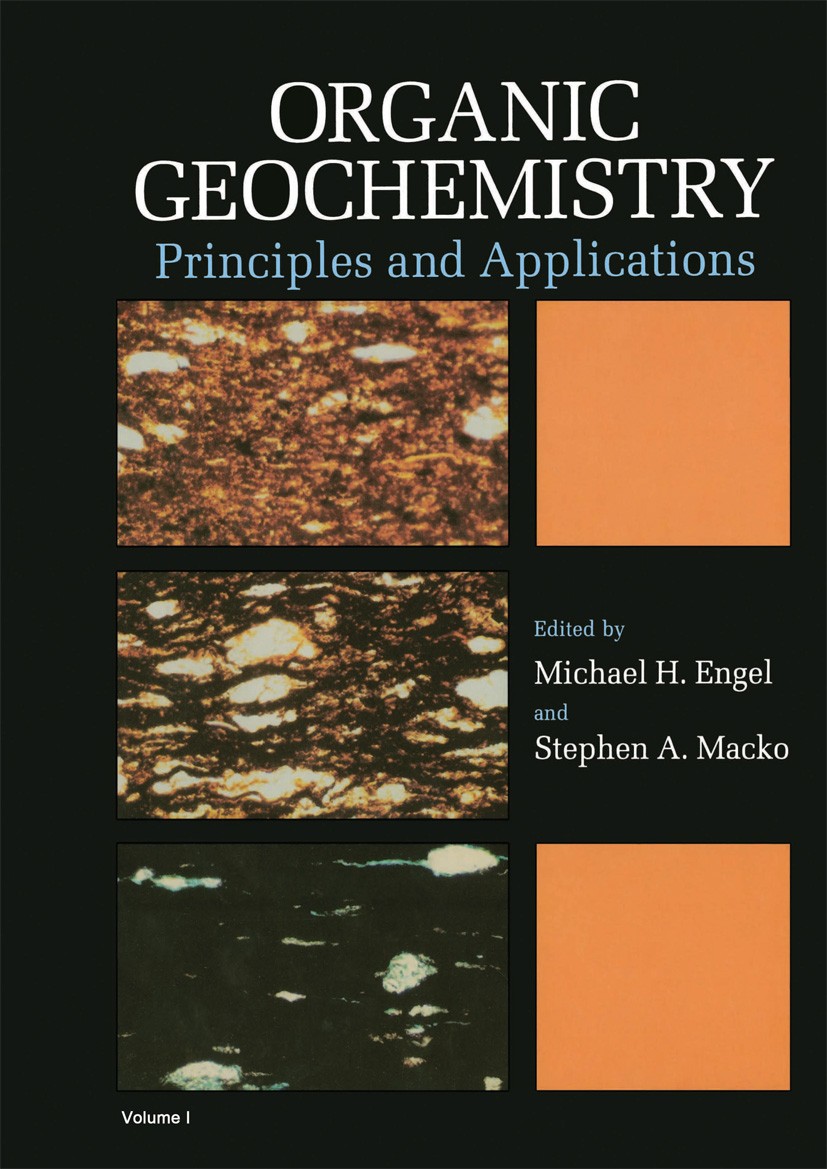Optimized sample cleanup for compound-specific isotope analysis of polycyclic aromatic hydrocarbons in complex environmental samples
IF 2.5
3区 地球科学
Q2 GEOCHEMISTRY & GEOPHYSICS
引用次数: 0
Abstract
Compound-specific isotope analysis (CSIA) using gas chromatography – isotope ratio mass spectrometry is a powerful tool to discriminate sources of polycyclic aromatic hydrocarbons (PAHs). However, interferences from co-eluting peaks often prevent accurate isotopic measurements in complex environmental samples. Purification of sample extracts is thus a crucial analytical step. In this study, we report a rapid and effective cleanup method using high-performance liquid chromatography (HPLC) that provides high integrity isolation of PAHs suitable for CSIA. The method reported here was effective at purifying both parent and alkylated PAHs from several highly complex matrices, including river sediments, bitumen, petroleum coke, and wildfire ash. HPLC separation removed much of the interfering aromatic unresolved complex mixture (UCM) and significantly improved chromatography, yielding well-resolved PAH peaks with high intensities and signal-to-noise ratios. Recoveries and purities of target compounds following HPLC separation were 70 ± 13% and 97 ± 5%, respectively. No noticeable differences (± 0.5‰) were observed in the carbon isotope values (δ13C) of standards subjected to extraction and HPLC purification steps, indicating negligible isotopic fractionation associated with the protocol. The δ13C values for individual PAHs in samples were comparable to those previously reported for the same sample types, further demonstrating this method’s high level of accuracy and precision. Additionally, this technique allows for isotopic characterisation of a larger number of 4- to 5-ring PAHs compared to many previous studies due to removal of much of the later-eluting UCM, potentially providing greater insight into source discrimination and understanding of PAH deposition and transformation processes. While the focus of this investigation was on PAHs, this technique could be adapted to other problematic compounds targeted for CSIA.

复杂环境样品中多环芳烃化合物特异性同位素分析的优化样品清理
气相色谱-同位素比质谱法是鉴别多环芳烃(PAHs)来源的有力工具。然而,在复杂的环境样品中,来自共洗脱峰的干扰常常妨碍精确的同位素测量。因此,样品提取物的纯化是一个关键的分析步骤。在本研究中,我们报告了一种快速有效的高效液相色谱(HPLC)清除方法,该方法提供了适用于CSIA的高完整性分离多环芳烃。本文报道的方法在几种高度复杂的基质(包括河流沉积物、沥青、石油焦和野火灰烬)中纯化母体和烷基化多环芳烃都是有效的。高效液相色谱分离去除了大部分干扰芳香族未解析复杂混合物(UCM),并显著改善了色谱,得到了具有高强度和高信噪比的高解析多环芳烃峰。目的化合物经高效液相色谱分离后的回收率为70±13%,纯度为97±5%。经过萃取和HPLC纯化步骤的标准品的碳同位素值(δ13C)没有明显差异(±0.5‰),表明该方案相关的同位素分馏可以忽略不计。样品中单个多环芳烃的δ13C值与先前报道的相同样品类型的δ13C值相当,进一步证明了该方法具有较高的准确性和精密度。此外,与许多先前的研究相比,由于去除了大部分后期洗脱的UCM,该技术允许对更多数量的4至5环多环芳烃进行同位素表征,可能为多环芳烃的来源识别和沉积和转化过程的理解提供更深入的见解。虽然本研究的重点是多环芳烃,但该技术可以适用于CSIA靶向的其他问题化合物。
本文章由计算机程序翻译,如有差异,请以英文原文为准。
求助全文
约1分钟内获得全文
求助全文
来源期刊

Organic Geochemistry
地学-地球化学与地球物理
CiteScore
5.50
自引率
6.70%
发文量
100
审稿时长
61 days
期刊介绍:
Organic Geochemistry serves as the only dedicated medium for the publication of peer-reviewed research on all phases of geochemistry in which organic compounds play a major role. The Editors welcome contributions covering a wide spectrum of subjects in the geosciences broadly based on organic chemistry (including molecular and isotopic geochemistry), and involving geology, biogeochemistry, environmental geochemistry, chemical oceanography and hydrology.
The scope of the journal includes research involving petroleum (including natural gas), coal, organic matter in the aqueous environment and recent sediments, organic-rich rocks and soils and the role of organics in the geochemical cycling of the elements.
Sedimentological, paleontological and organic petrographic studies will also be considered for publication, provided that they are geochemically oriented. Papers cover the full range of research activities in organic geochemistry, and include comprehensive review articles, technical communications, discussion/reply correspondence and short technical notes. Peer-reviews organised through three Chief Editors and a staff of Associate Editors, are conducted by well known, respected scientists from academia, government and industry. The journal also publishes reviews of books, announcements of important conferences and meetings and other matters of direct interest to the organic geochemical community.
 求助内容:
求助内容: 应助结果提醒方式:
应助结果提醒方式:


